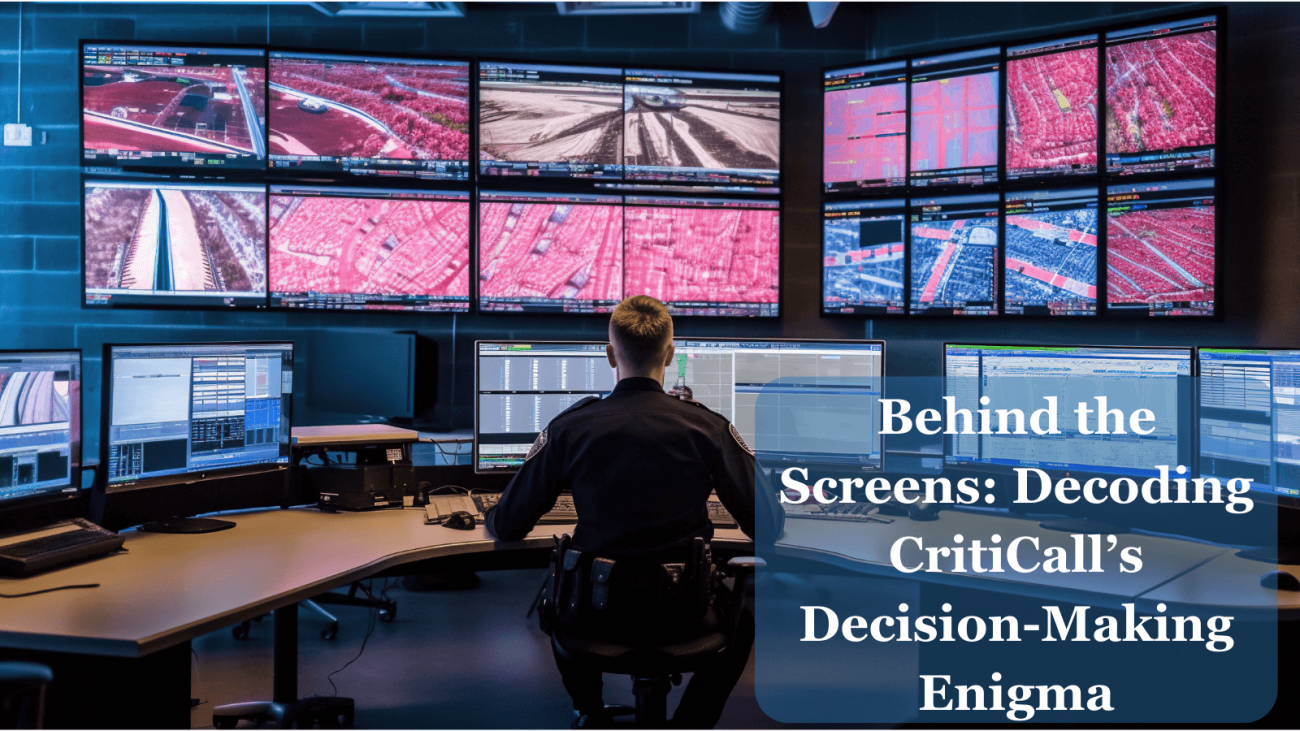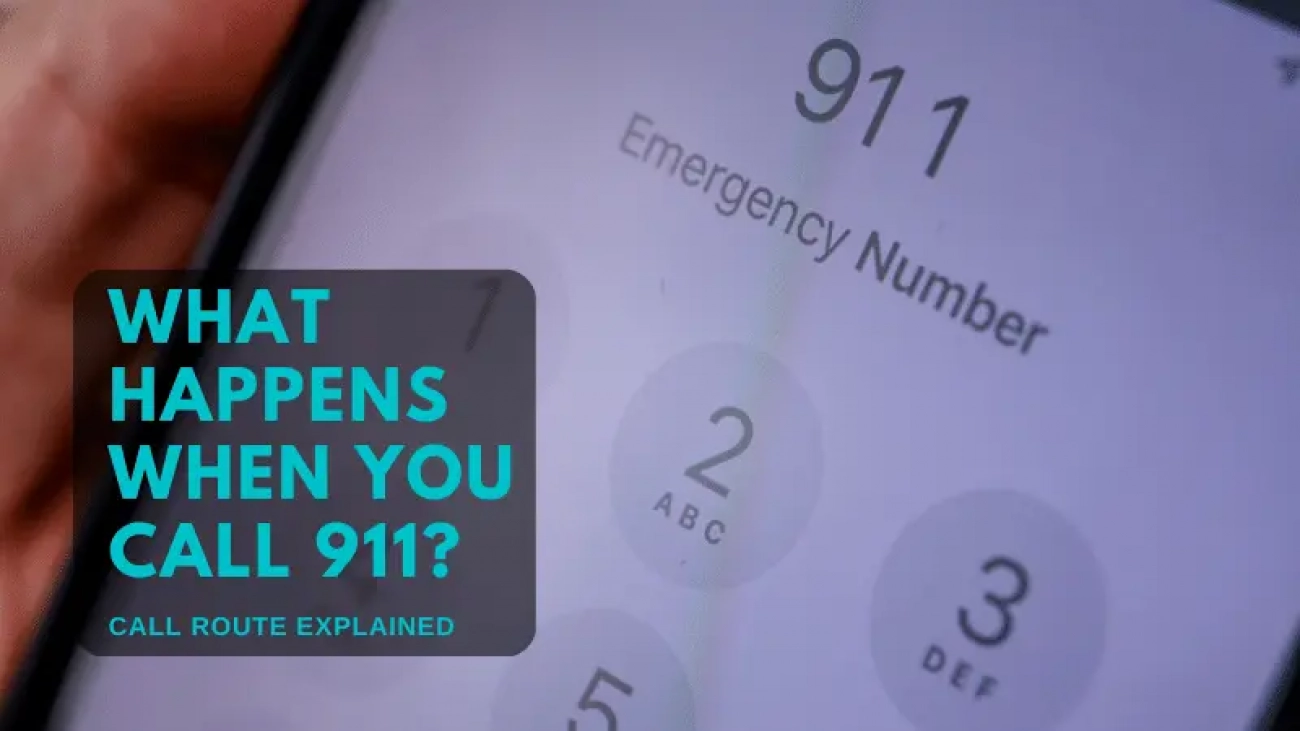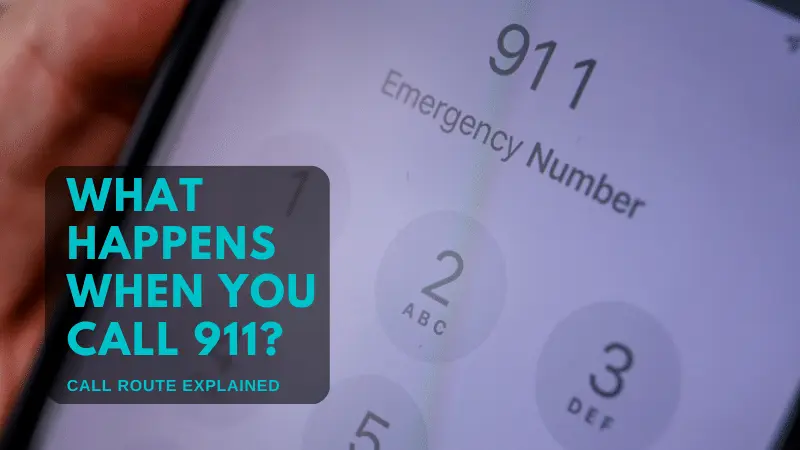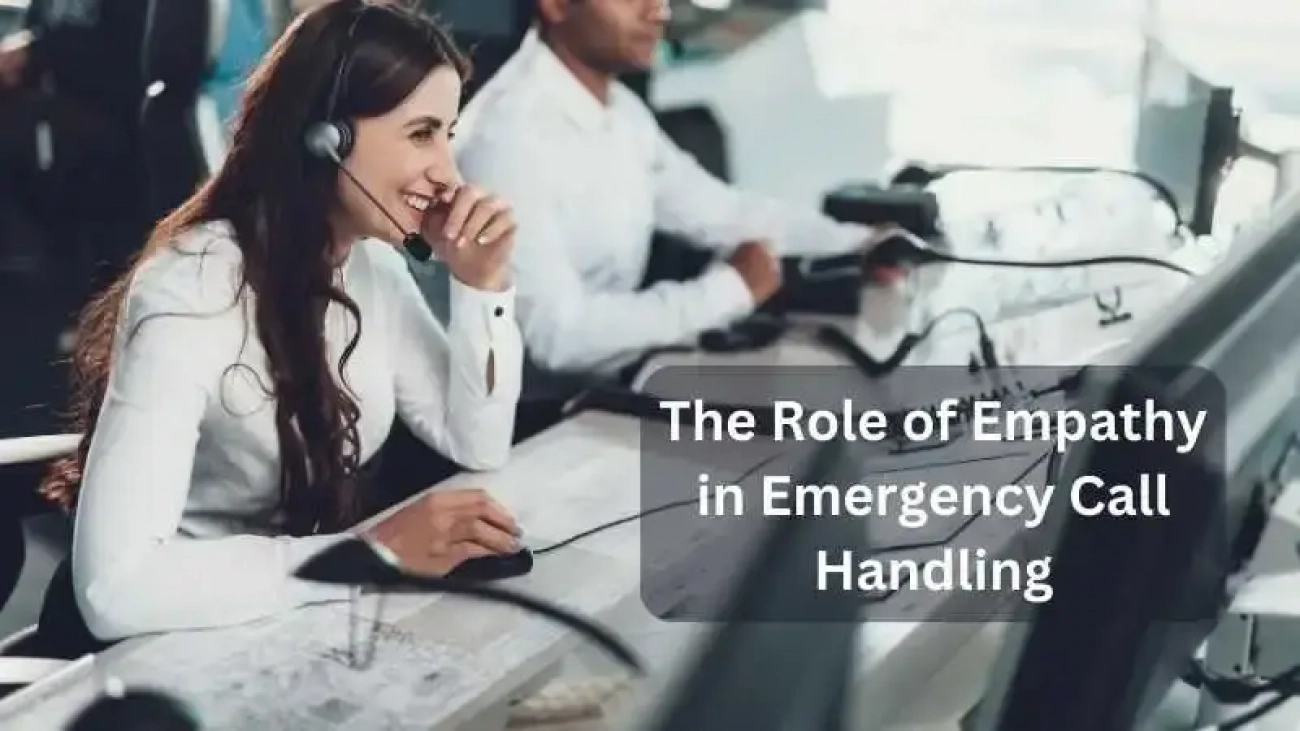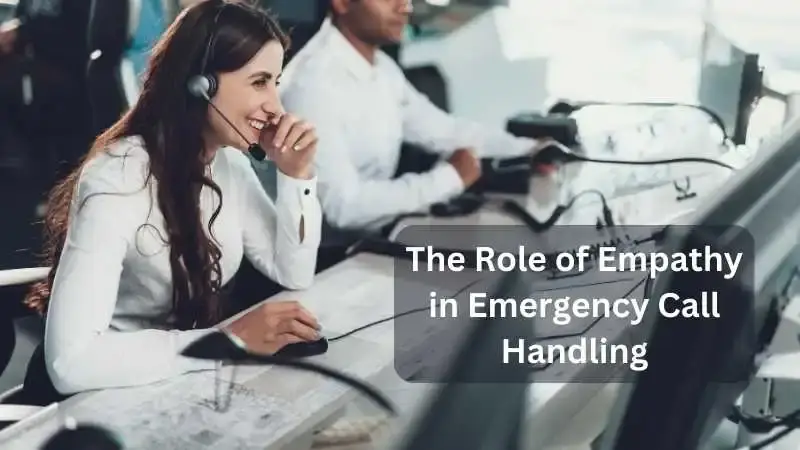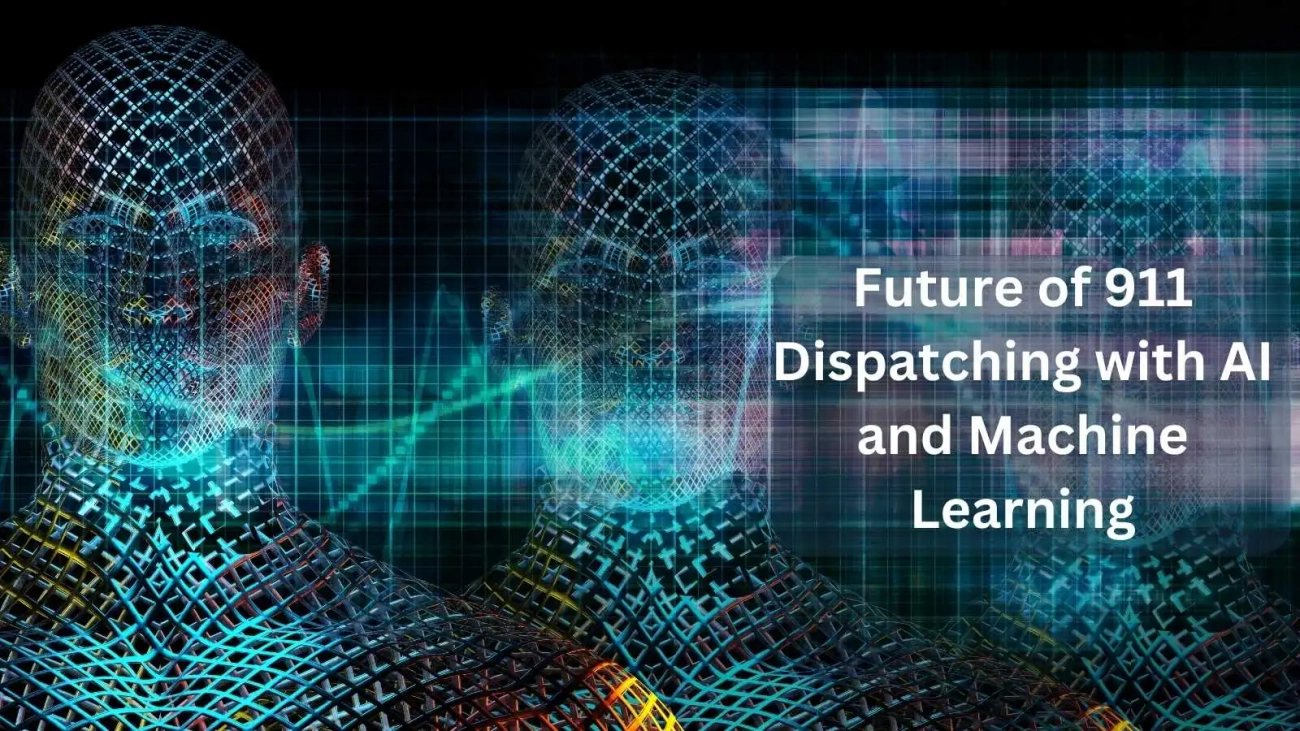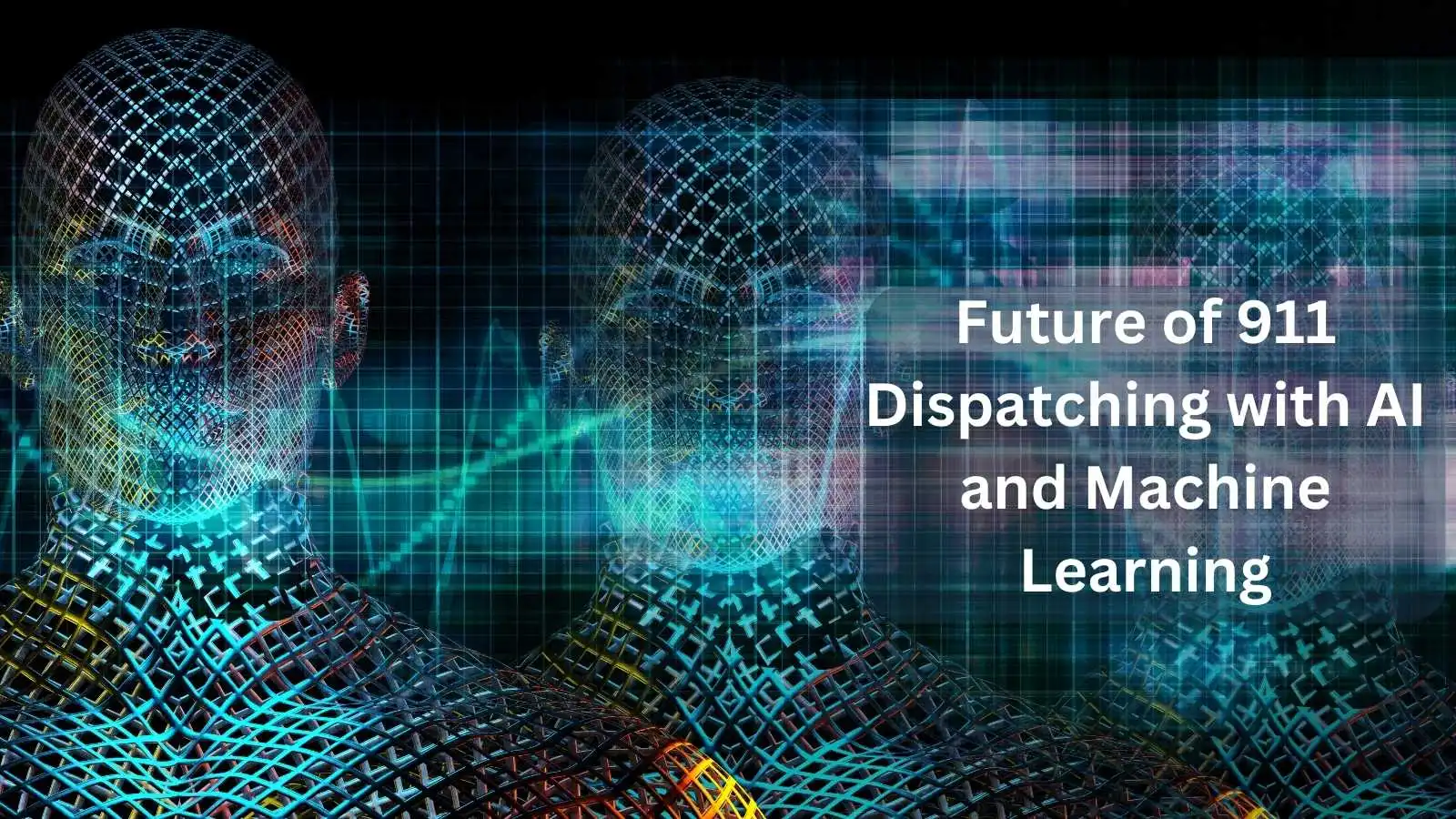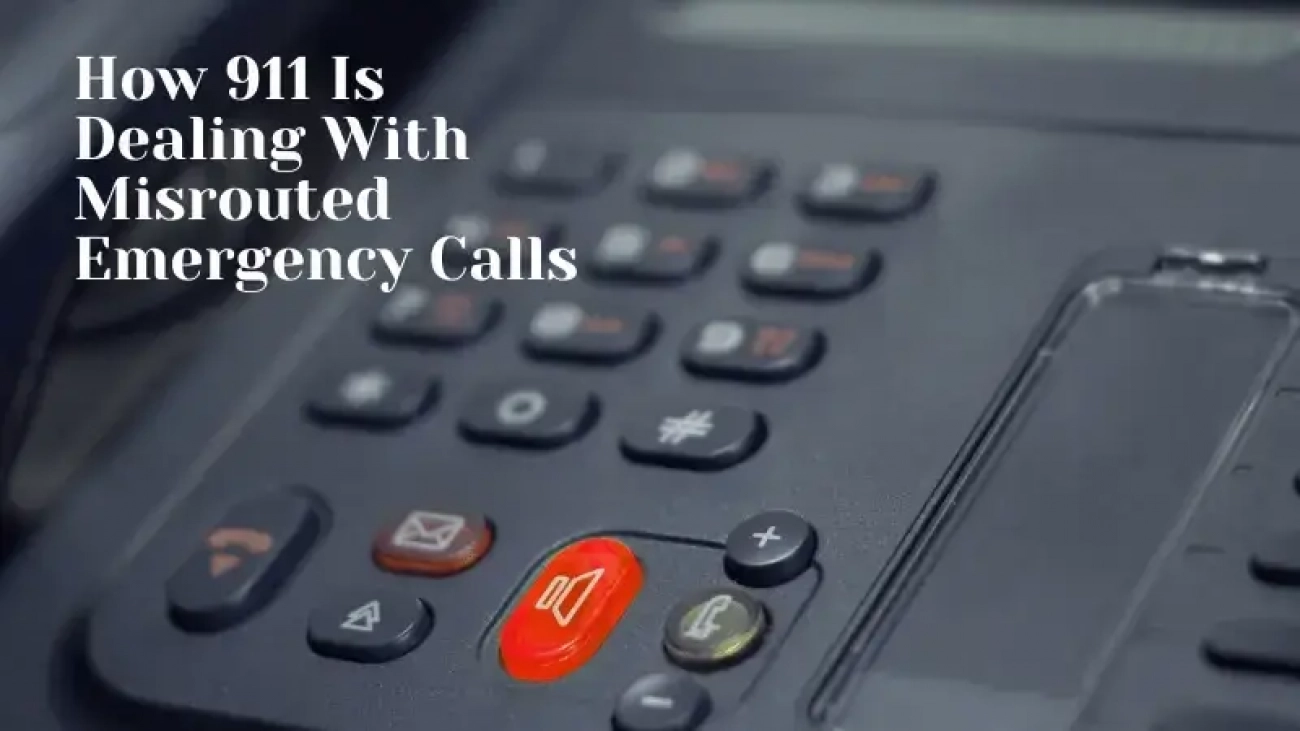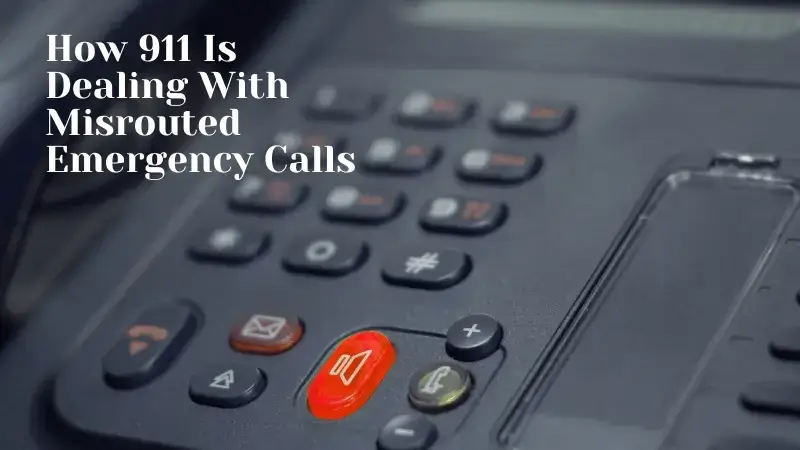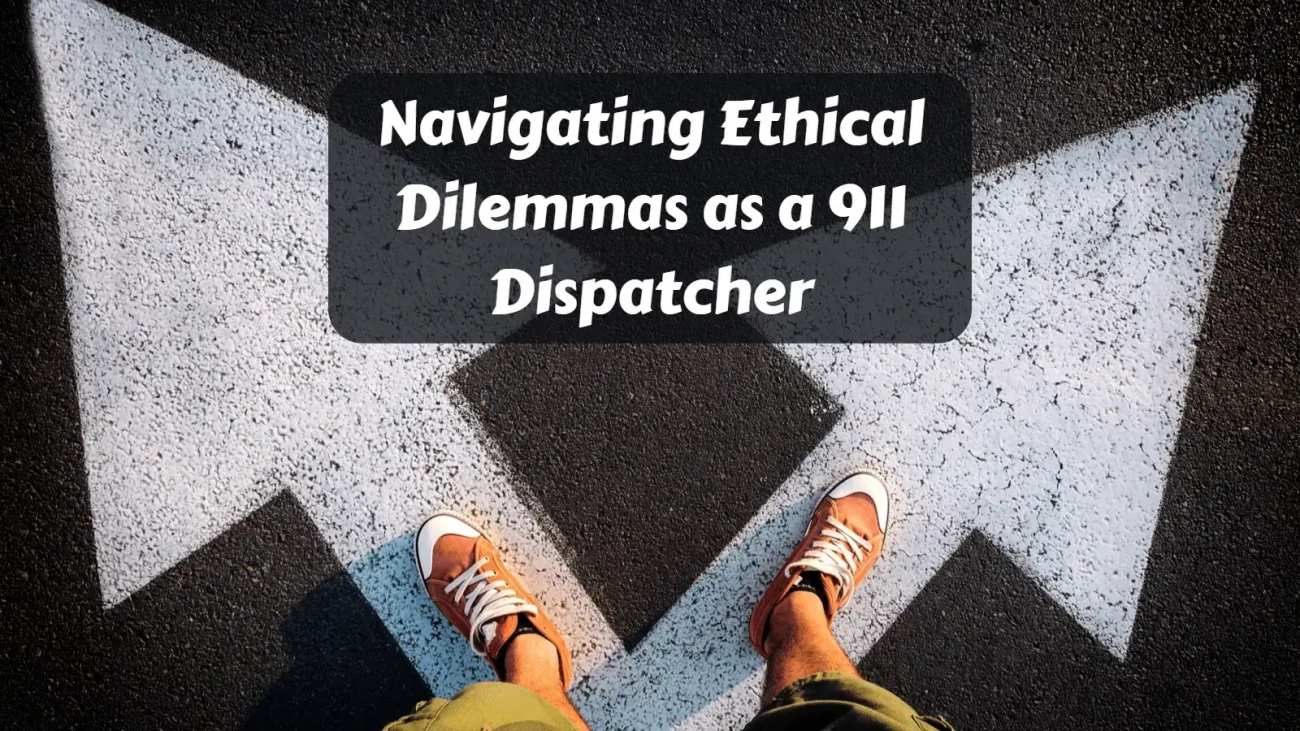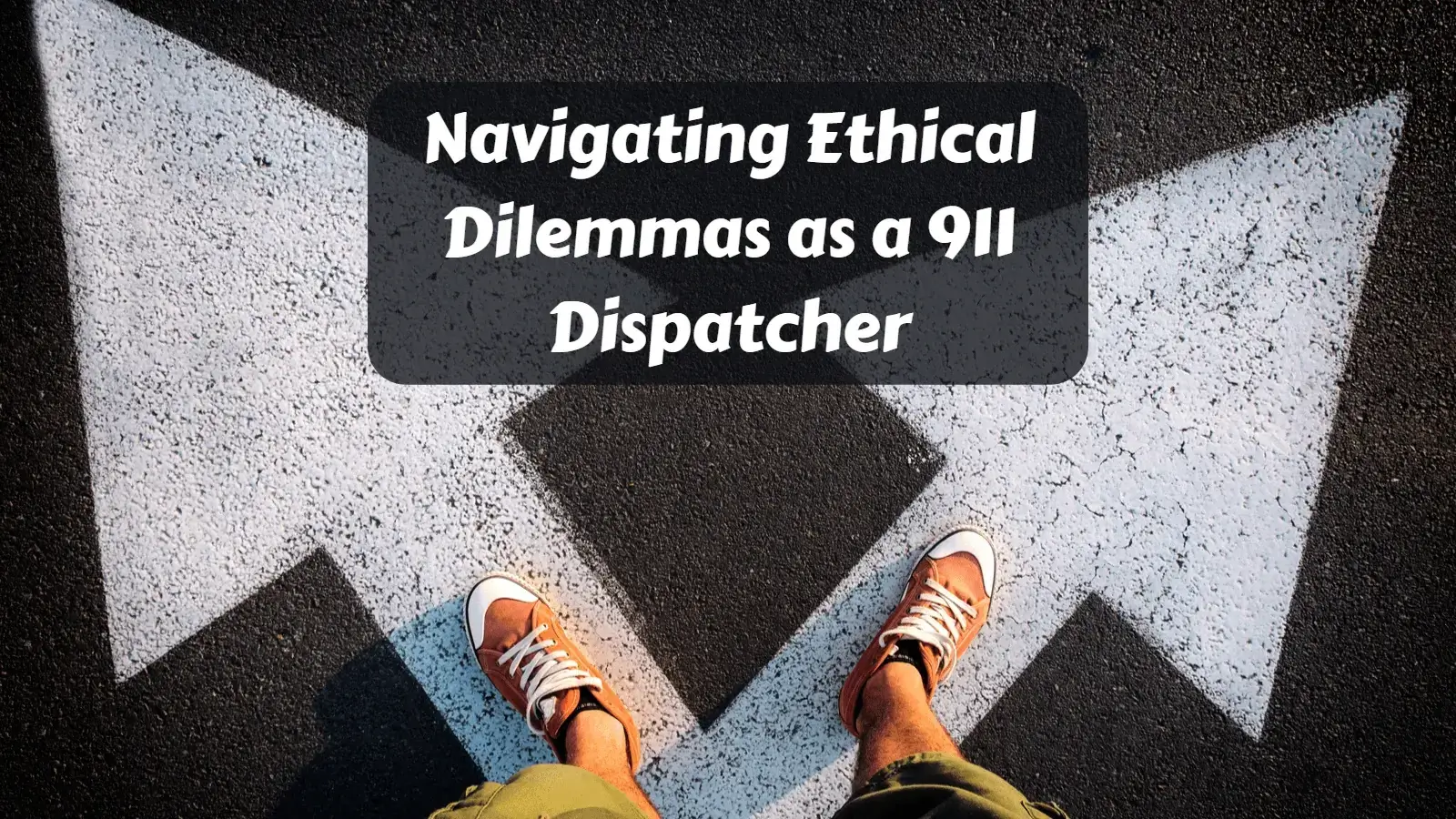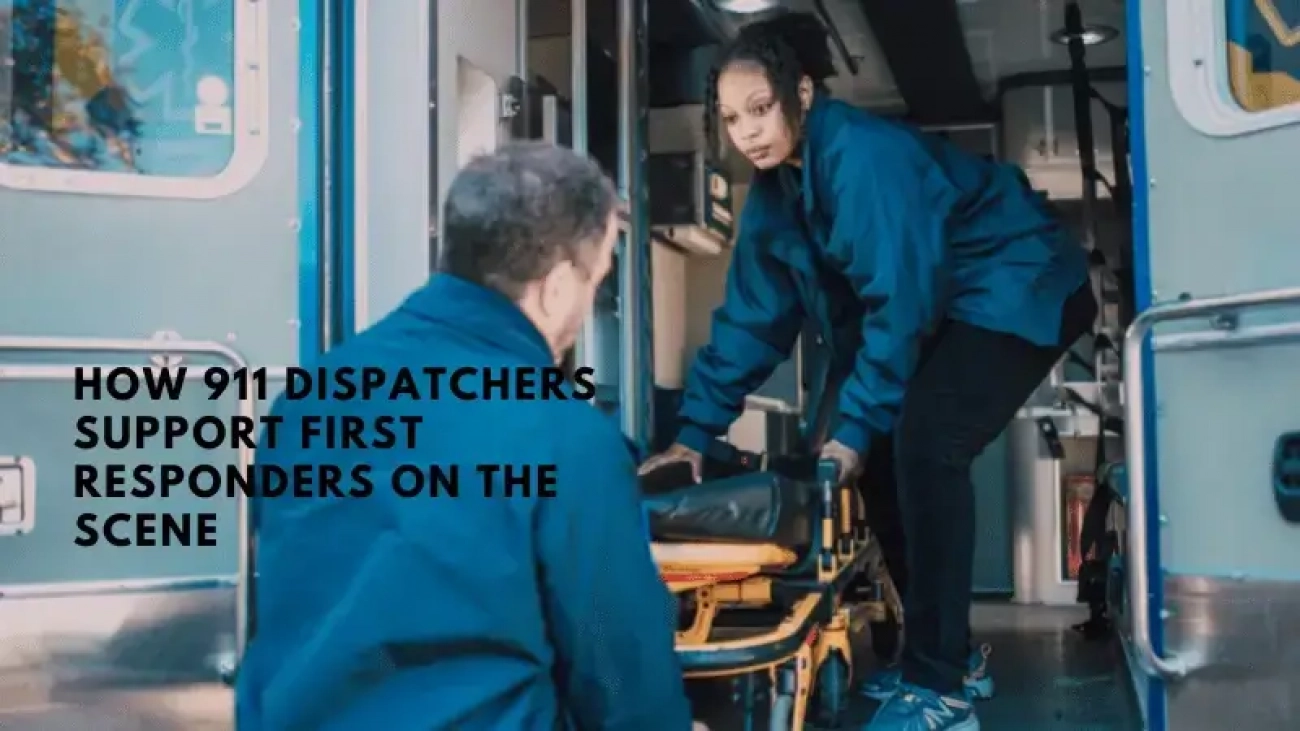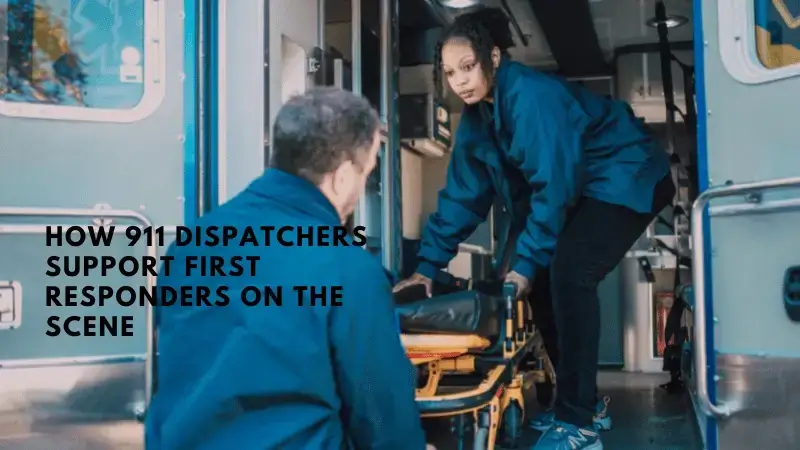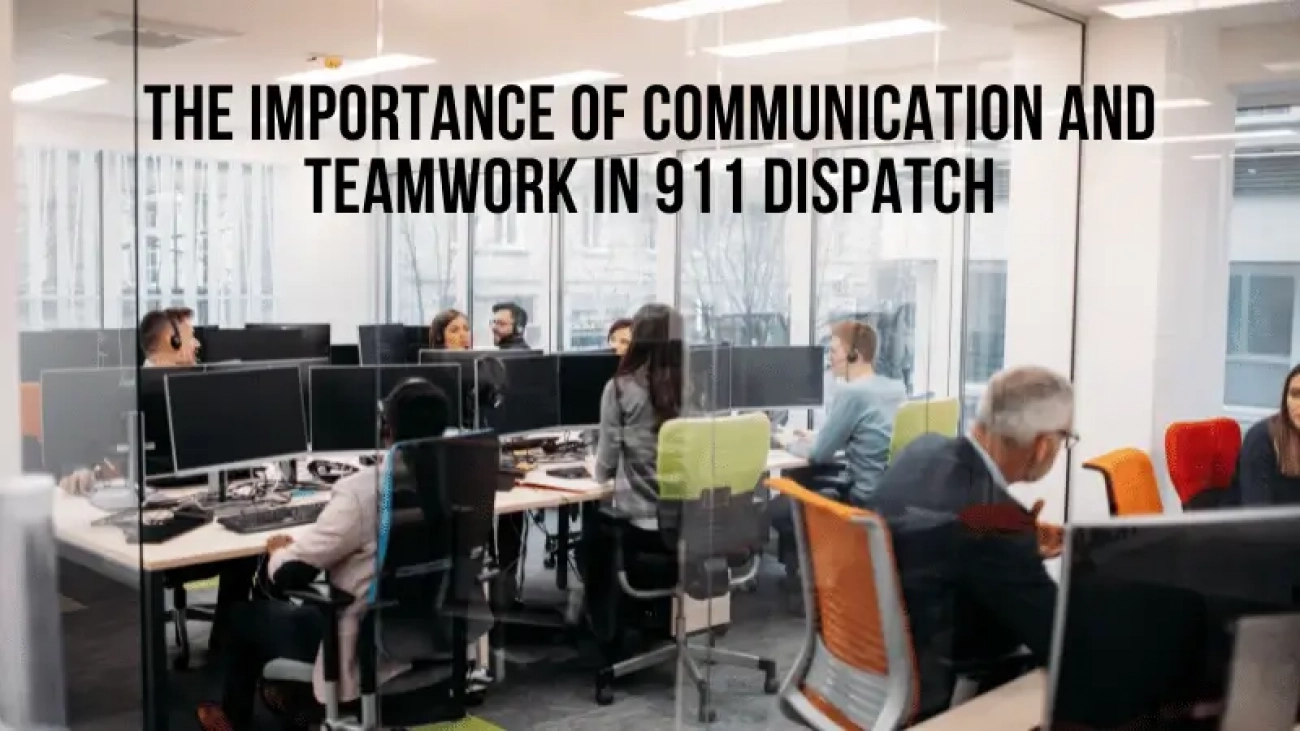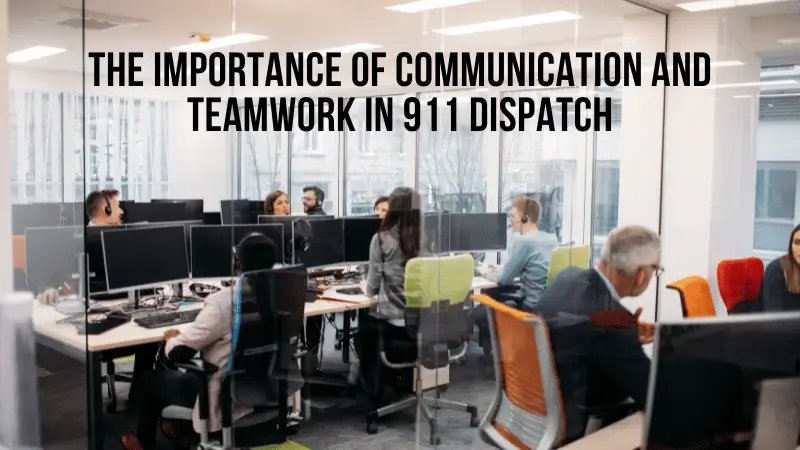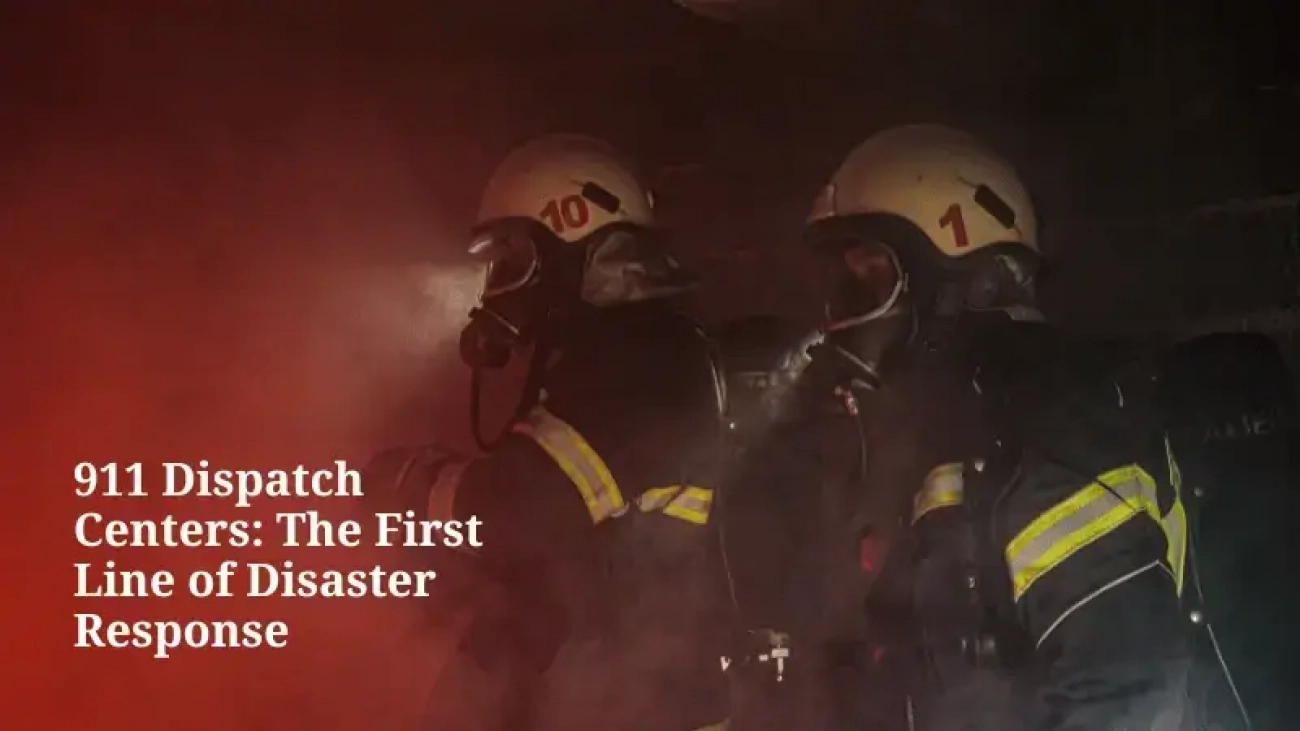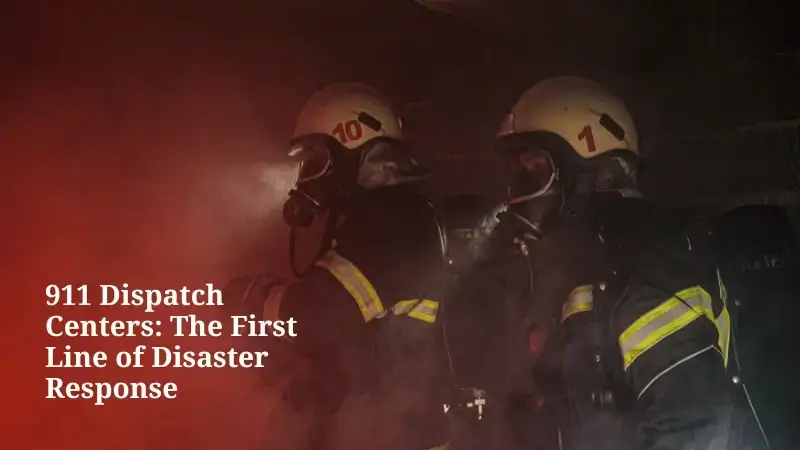Imagine this: You’re in a bustling control room, and several screens flicker in front of you, each filled with vital information. Your headset buzzes with the desperate cries of someone on the other end, seeking help. You’re their bridge to safety, their beacon in the night. You must listen, decipher, and act—all within the span of seconds. This is the world of a 911 dispatcher, and the CritiCall exam aims to replicate and test this high-stakes environment with its multitasking and decision-making module.
The Role of a 911 Dispatcher: More Than Just Picking Up Calls
A 911 dispatcher frequently stands as the uncelebrated savior in crisis scenarios. While they may not be out in the field, their role is just as critical. They’re the initial point of contact for those in distress, which means they often bear witness to raw human emotion—fear, panic, hope. These dispatchers must be adept at calming the caller, extracting vital information, and coordinating with the necessary departments to send help. It’s compulsory for these dispatchers to be proficient in soothing frantic callers, getting crucial information swiftly, and liaising effectively with the relevant departments to dispatch assistance quickly. Moreover, they must exhibit advanced decision-making and multitasking capabilities, managing multiple lines of communication, overseeing varied data feeds, and maintaining detailed records with precision.
Decision-Making Module in the CritiCall Exam
Decision-making questions are typically integrated and not isolated. They often occur amidst multitasking; you might be engaged in another task—perhaps reading and typing or listening and typing—when suddenly, an emergency arises. This emergency usually requires decision-making regarding which emergency team needs to be dispatched. Decision-making questions come in two formats:
Audio Comprehension: Audio Comprehension Section: In this part, you listen to a simulated, or pretend emergency call. It’s not just about hearing the words; it’s about understanding the situation quickly, even with lots of background noise, and deciding what kind of emergency help is needed. Is it a job for the police, the fire department, the utility, or an ambulance? The test checks to see if you can pick out the important pieces of information and make quick, smart decisions about what to do next. It’s like a practice run for real-life situations where a dispatcher has to stay calm, think fast, and send the right help to people in need.
Text Scenarios Section: In this portion, you’ll be given written situations or stories that you’ll need to read quickly and understand well. Your task is to figure out which emergency service—like the police, fire department, utility, or ambulance—is needed most. And here’s the catch—you’ll be doing this while also dealing with the audio task. It’s a juggling act, ensuring you understand the written information and make smart decisions, all while still listening to and understanding the simulated emergency calls. It tests your ability to handle multiple things at once, just like real dispatchers do every day.
Decision-Making is a Complex Art
Agencies that administer the CritiCall test typically provide candidates with a set of guiding rules or procedures to follow. But it’s crucial to understand that these aren’t just straightforward instructions. Each call during the test paints a distinct scenario, often demanding more than just a by-the-book response.
Fire-related situations:
The guidelines could detail explicit indicators of a fire, but what if the situation is ambiguous? How should one respond to reports of unexplained odors without visible smoke or an unexpected chemical spill?
Police involvement:
Protocols may categorically instruct when to dispatch police for apparent criminal activities, but what about scenarios that blur the lines? Could a call be a real burglary or merely a child who unknowingly dialed 911?
Medical emergencies:
Given a list of symptoms and corresponding actions, making the right decision can still be complicated. How to discern whether a caller’s shortness of breath is due to a heart attack, an anxiety attack, or an allergic reaction?
Utility-related emergencies:
Rules might offer insights into dealing with standard utility issues, but what about unforeseen complications? What steps should be taken when confronted with an uncharted water main break or a power outage impacting critical facilities?
The CritiCall test is designed to explore not just your ability to adhere to protocols but also to gauge your intuitive understanding, empathetic reasoning, and unwavering commitment to resolving complex, real-life emergency situations by making the most informed and humane decisions possible.
Sample Decision-Making Questions in the CritiCall Exam
When engaging with the CritiCall Exam, expect to be faced with decision-making questions that assess your ability to choose the most suitable course of action in various emergency situations. These questions mirror the real-world dilemmas that a 911 dispatcher deals with regularly. Below are a few examples of decision-making questions you may come across:
Example Question 1
A caller reports a strong smell of gas in their home but sees no signs of a leak. Who should be dispatched?
Answer/ Decision: Utility
In this situation, utility services, specifically the gas company, should be dispatched immediately to investigate and address potential gas leaks, and possibly, the fire department as a precautionary measure.
Example Question 2
An individual is experiencing severe chest pains and shortness of breath. Who should be dispatched?
Answer/ Decision: EMS
Medical services should be dispatched promptly to provide immediate medical assistance, as the individual may be experiencing a heart attack or another serious medical condition.
Example Question 3
A caller reports that a tree has fallen and blocked the road completely, with no reported injuries. Who should be dispatched?
Answer/ Decision: Utility
The local municipal services or public works department should be dispatched to remove the obstruction and ensure the smooth flow of traffic.
Example Question 4
A child is heard laughing and playing with the phone after accidentally dialing 911. Who should be dispatched?
Answer/ Decision: Police
In this scenario, no immediate dispatch is needed, but a follow-up call should be made to ensure there is no actual emergency and to inform the adults of the accidental dial.
Example Question 5
A caller reports a domestic dispute next door with loud noises and possible sounds of physical altercation. Who should be dispatched?
Answer/ Decision: Police
Police should be dispatched immediately to address and de-escalate the potential violence and ensure the safety of all parties involved.
Example Question 6
A caller reports seeing thick smoke in the distance but is unsure of the source. Who should be dispatched?
Answer/ Decision: Fire
The fire department should be dispatched to investigate and address any potential fire. The police can also be dispatched to manage traffic and assist with evacuations if needed.
Example Question 7
A caller reports a water main break flooding the streets. Who should be dispatched?
Answer/ Decision: Utility
Municipal services or the water department should be dispatched to manage and repair the water main break. Additionally, the police might be needed to manage traffic around the affected area.
Example Question 8
A caller is concerned about a suspicious person loitering near a school playground. Who should be dispatched?
Who to Dispatch: Police
Police should be dispatched promptly to investigate the situation, ensure the safety of the children and school staff, and address any potential threat.
Each of these examples demonstrates the diversity in situations a dispatcher might face and underscores the importance of critical thinking, comprehension, and swift decision-making in determining the appropriate response.
The Final Verdict
Embarking on the journey of becoming a 911 dispatcher is to embrace a world filled with immense responsibility and profound impact, where each choice can hold the weight of life or death. The CritiCall Exam is not just a test; it’s a mirror reflecting the intricate and intense environment that dispatchers navigate every day, assessing an individual’s ability to juggle diverse tasks and make swift, well-informed decisions. Being a dispatcher is more than answering distress calls—it’s about listening, understanding, empathizing, and, most importantly, acting. It’s about filtering through the noise to deliver help to those who are desperate for it. The scenarios in the exam are echoes of the real-world dilemmas dispatchers face regularly. They are constructed not merely to verify protocol adherence but to probe one’s innate understanding, empathetic judgment, and unwavering commitment to resolving complex emergency situations effectively. In this relentless pursuit to provide aid and comfort, the role of a 911 dispatcher is monumental. They are the unseen guardians of our safety, wading through a sea of emotions and uncertainties to bring order to chaos, symbolizing the human spirit’s resilience and kindness.

